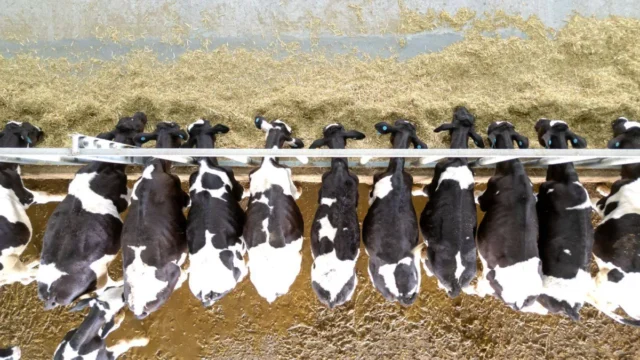The national program for the development of livestock and fish in Saudi Arabia announced plans aimed at growing milk production in cows, relying on methods of genetic improvement and vital information as part of a five -year plan based on the use of a genetic stereotype technology in order to choose the best genetically improved cows that improve the abundance in production in the local market.
The program said that in its statement that the methodology of the genetic stereotype will increase the performance of the herd by 25 percent and 90 percent of the total herd, through genetic elections of cows that have high quality genes from the point of view of productivity and health.
It is expected that he noted that the use of tests for genetic improvement will contribute to a decrease in the frequency of genetic diseases and productive problems with a speed of up to 60 percent, excluding animals with genes associated with chronic diseases, such as it will pay, problems with fetance and chromium.
The initiative to resolve tests for genetic improvement is aimed at ensuring early detection of cows diseases that make up 40 to 70 percent of health threats associated with genetic factors, especially those associated with weak immunity, emergency diseases, and growth and fertility problems.
According to the program, low production cows, the daily production of which is from 20 to 25 liters, is economically unfair. The program intends to gradually replace it over the next five years in the context of efforts to develop and improve herds. The data of the national program also showed that the productivity of cows in the kingdom varies depending on dairy companies, in accordance with factors related to the management of the herd, nutrition and genetic improvement.
The number of dairy cows in the kingdom is estimated at 250 thousand cows, and the average annual production exceeds 11 thousand tons per animal; The equivalent of 30 to 35 kilograms of milk per day.









